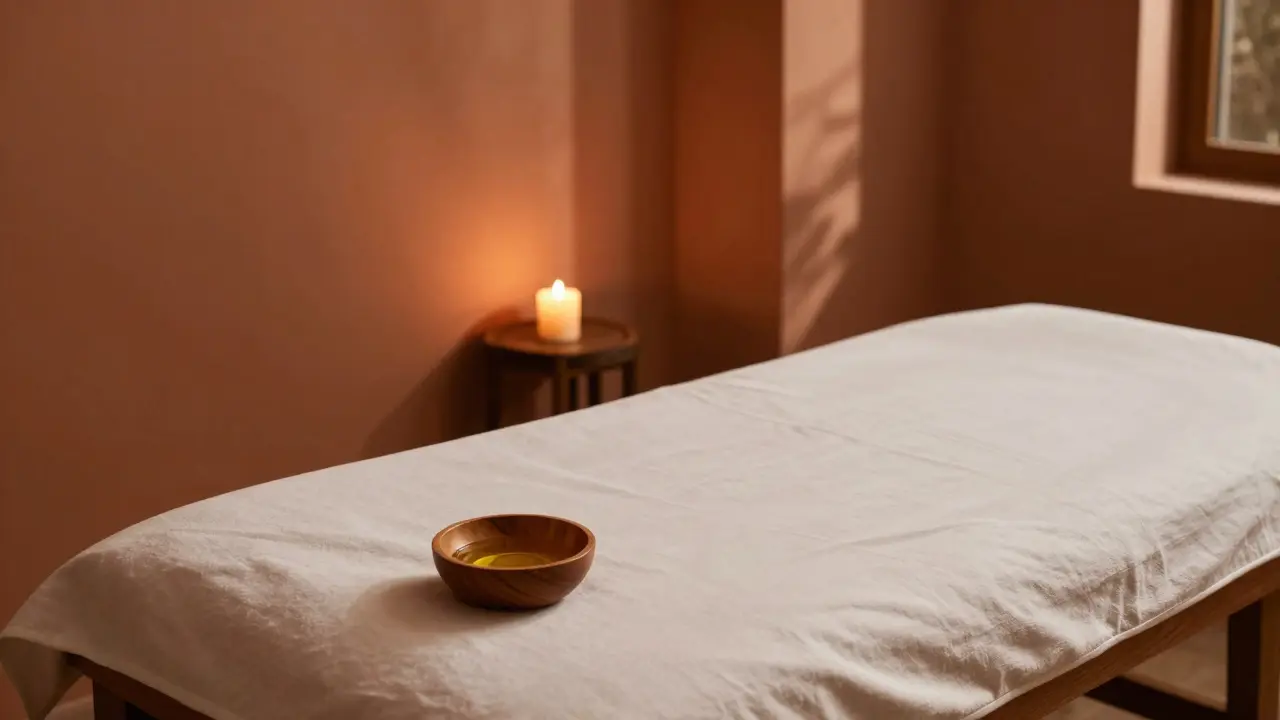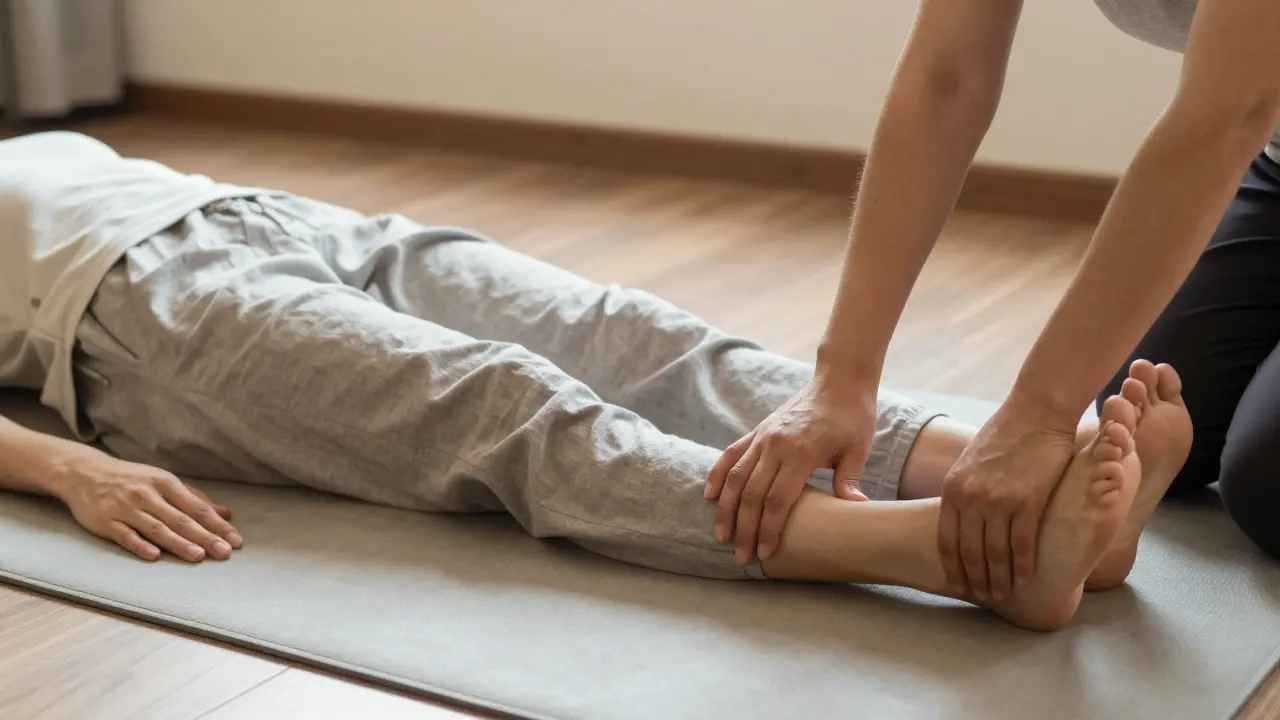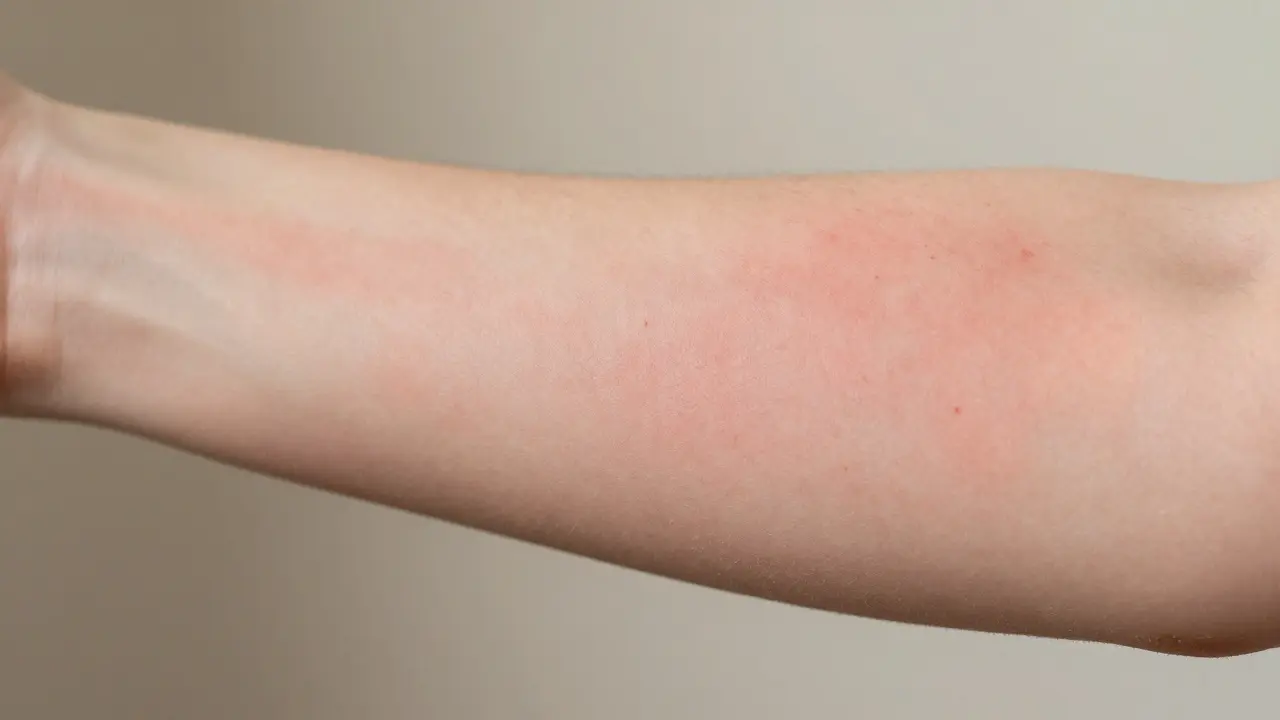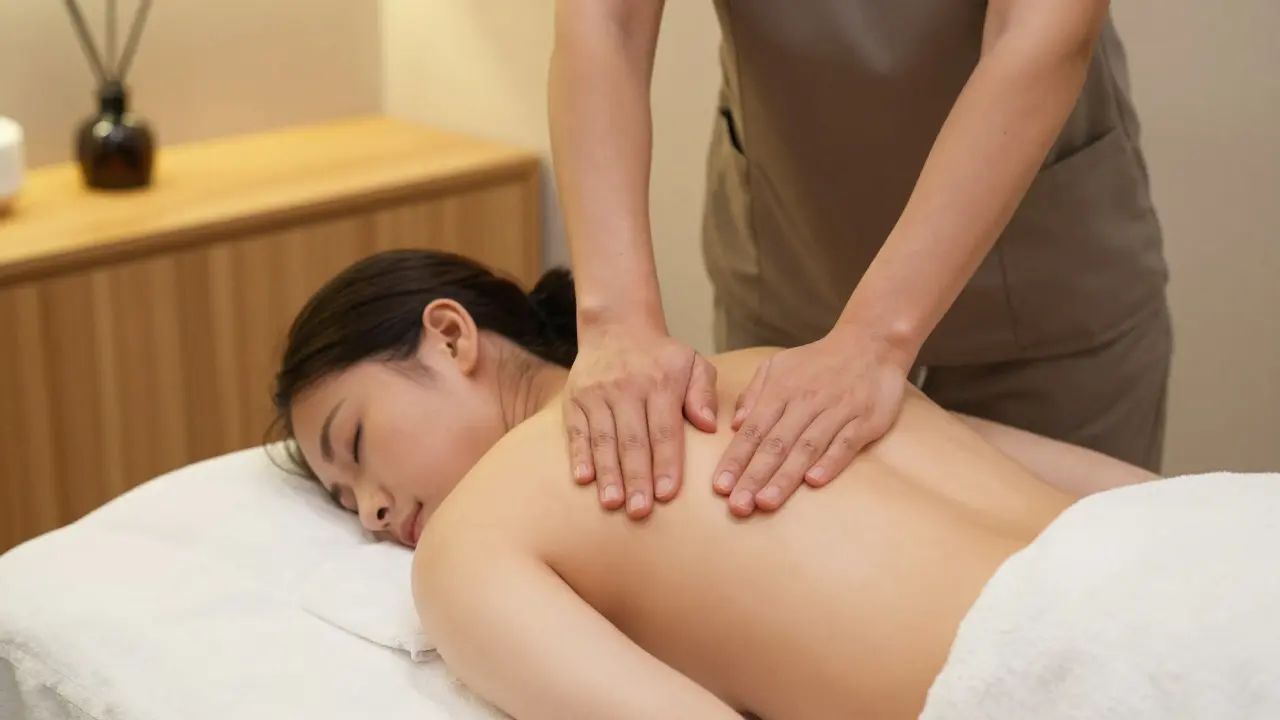Imagine lying on a warm, cushioned table, soft music playing in the background, the air scented with lavender oil. That's the world inside a full body Swedish massage—where knots surrender, muscles sigh, and stress melts away. But what exactly happens once you slip under the sheets at a massage table? The process feels almost magical, but there’s real science and technique behind every relaxing touch. This isn’t just a luxury treat; it’s a carefully designed ritual that benefits your whole body and mind. Let’s take a look inside the experience, uncovering what it’s really like, the secret techniques, and tips that can help you get the most from every session.
How Professional Therapists Structure a Swedish Massage Session
Every full body Swedish massage session has a thoughtful flow. The therapist doesn’t just go in randomly; there’s a plan tied to physiology, stress release, and comfort. Usually, a session begins with a short chat about your pressure preferences, target areas, and any injuries or issues. This chat is essential. Without it, the massage might feel good, but miss areas you really need worked on.
Therapists work systematically, covering the entire body but always being respectful of your modesty. Most sessions run from 50 to 90 minutes. The order often starts with your back, moves to the arms, legs, and then shoulders—flipping once so both sides are addressed. Instead of fast moves, Swedish massage uses steady, gliding strokes. Therapists use their whole hands, not just fingers, to spread pressure evenly. Some use both hands in rhythm, almost like orchestrating a gentle dance over your skin.
Only one part of your body is uncovered at a time, which means you won’t be left shivering or feeling exposed. This draping technique is a hallmark of professional spas. Therapists also use warmed oil or lotion, designed to reduce friction and nourish the skin. Some spas are now moving to hypoallergenic oils—essential if you have sensitive skin. A study in 2023 found 13% of spa clients have mild skin reactions to heavily scented oils, so always mention allergies beforehand.
Signature Techniques That Make Swedish Massage Unique
What makes a Swedish massage, well, Swedish? It’s all about the signature techniques. There are five core moves: effleurage, petrissage, tapotement, friction, and vibration. Effleurage feels like those long, sweeping strokes that melt away tension. It’s what most people think of when remembering their last blissful spa day. Petrissage comes next and feels like slow kneading—almost like dough being shaped—aimed at those deeper knots in large muscle groups.
When therapists want to wake up sluggish muscles or boost circulation, they use tapotement. This technique involves gentle tapping with the edges of the hands or fingertips. It sounds funny (and sometimes ticklish!), but it actually stimulates your nerve endings and helps with muscle tone. Friction is used for deeper tension. It involves small, firm circular movements to break down tight spots; this is often where you might feel a little discomfort, but therapists will check in and adjust based on your feedback.
Vibration and shaking wraps things up, giving the muscles a final gentle jostle. These techniques have actually existed for centuries. Swedish massage itself dates back to the early 1800s and was developed by Per Henrik Ling—a fact not everyone knows, but written in the history books. While the moves sound clinical, each technique is designed to encourage blood flow, release toxins, and elevate your mood. That’s why many clients walk out feeling lighter mentally, not just physically.
What Happens During Each Stage of the Full Body Experience
From beginning to end, each moment of a Swedish massage feels intentional. It starts with you changing into a robe or undressing to your comfort level (yes, underwear is optional—you’re draped for privacy the whole time). The therapist will leave the room as you get settled under the sheets. It’s totally normal to feel a little shy the first time.
Once the session starts, the therapist usually begins on your back with broad effleurage strokes using warm oil. These first moves get your body used to touch and help spot muscle tension. Going down the back, they might focus on the shoulders, where most of us hold stress from life, work, and, let’s be honest, phone scrolling. Therapists pay extra attention to any knots—using petrissage and friction to gently work them out without leaving bruises.
When they move to the legs, therapists use kneading and gliding moves to improve blood flow and help relieve soreness. Swedish massage is one of the best therapies for athletes right after a big game or long run—data from a 2022 sports medicine review showed a 26% faster muscle recovery rate compared to just resting. Arms, hands, feet, and even the neck get attention. Each body part receives customized pressure—no “one size fits all.” Expect to switch positions mid-way; the therapist will help with the draping, so there’s nothing awkward about it.
Some therapists include a scalp or facial massage as a final treat. Not every spa does this, so if it sounds tempting, ask when you book. Many clients report that this last step helps banish the last bits of tension and can even improve your sleep for days after. Throughout the session, you’re encouraged to talk up: ask for more or less pressure, or let them know about any discomfort so they can tailor the session to you.

Real Benefits Beyond Relaxation: Mind & Body Advantages
People often think full body Swedish massage is just for pampering. The reality is, it delivers measurable health benefits that go beyond just feeling good. One of the best-documented perks is the impact on stress hormones. After a 60-minute session, cortisol levels (the stress hormone) can drop by up to 31% according to a 2021 study in The Journal of Clinical Psychiatry. That’s nothing to scoff at if anxiety or chronic stress are part of your daily routine.
Blood pressure? Swedish massage helps bring it down. Muscle pain? Kneading and pressure movements ease soreness, reduce inflammation, and improve flexibility. People with chronic conditions like fibromyalgia, arthritis, or just pesky tension headaches often find noticeable relief. There’s also a boost in serotonin and dopamine—the happy brain chemicals—which might explain why clients leave in such a dreamy mood. Some spas track client progress and find that after three monthly sessions, 82% of regulars report less pain and better sleep.
Here’s a quick look at some of the physiological benefits from repeated Swedish massage sessions:
| Benefit | Typical Change After 60-Min Massage |
|---|---|
| Reduced Cortisol | Up to 31% decrease |
| Increased Serotonin | 28% increase |
| Lowered Blood Pressure | 8-12% reduction |
| Improved Flexibility | Noticeable in 2-3 sessions |
| Muscle Recovery Time | 26% faster |
Want your results to last? It helps to hydrate before and after your massage, avoid caffeine for a couple of hours, and take time to relax post-session. Rushing back to emails right after can undo a lot of good work.
Insider Advice: Getting the Most Out of Your Swedish Massage
There are tricks experienced spa-goers swear by when it comes to maximizing the full body Swedish massage experience. First, be honest about what you want. If you have a sore spot, tell your therapist right at the start. Don’t assume they’ll find it—communication makes all the difference. The best massages are collaborative, not guesswork.
Arrive well-hydrated and eat a light snack (not a huge meal) about an hour before your appointment. This keeps blood sugar steady and prevents you from feeling faint or bloated. Avoid heavy perfumes or lotions—your therapist will apply oils, and anything extra on your skin can interfere. Some spas let you choose your preferred music or essential oil. It’s not being picky—customizing these elements helps you relax faster and get into that restorative “massage brain” state.
If you’re new to Swedish massage, start with a classic 60-minute session. Some people find 90 minutes overwhelming the first time. Afterward, take it easy: give yourself a few minutes to wake up before getting dressed. Drink water and notice how you feel over the next few days. It’s normal to feel a little “massage drunk” (lightheaded, silly, or deeply happy) after your first real full body session.
Each therapist has their style, so don’t get discouraged if the first session isn’t life-changing. Try a few spas or practitioners until you find someone whose touch matches your needs. Also, keep in mind: Swedish massage *shouldn’t* hurt. If you’re wincing or holding your breath, ask for lighter pressure. The goal is relaxation, not pain.
Here’s a summary of quick tips for first-timers:
- Communicate your pressure preferences and problem areas.
- Arrive on time for a relaxed start.
- Dress for comfort and expect to undress to your comfort level—the Swedish massage protocol ensures privacy throughout.
- Drink water before and after.
- Give feedback during the session.
- Slow down and enjoy the afterglow instead of rushing out.
FAQ
- Should I talk during a Swedish massage? You can, but you don’t have to. Most people find chatting ruins the relaxation, but always speak up if you need more or less pressure.
- How often should I get a full body Swedish massage? Most people benefit from a session every 2-4 weeks for maintenance, but you can adjust based on stress and budget.
- Is tipping expected at a spa after a Swedish massage? Yes, it’s standard to tip 15–20% if you received the service at a spa or wellness center.
- Can I request a male or female therapist? Absolutely, most spas are happy to accommodate your preference.
- Will I be completely undressed? Only remove as much clothing as you feel comfortable with—professional draping keeps you covered and comfortable the whole time.








